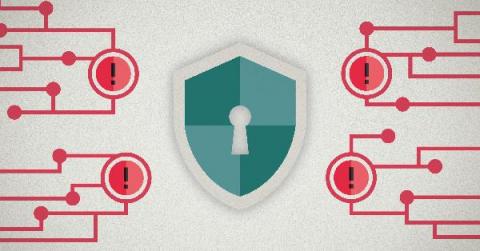Six data protection tips for healthcare organisations
Healthcare providers collect, process and share citizens’ most highly sensitive personal data – from names, dates of birth and contact details, to medical and financial information. The loss of this data by healthcare organisations can cause significant emotional distress to patients if private medical conditions are disclosed, and also make them more vulnerable to identity theft, fraud and further cyberattacks.










